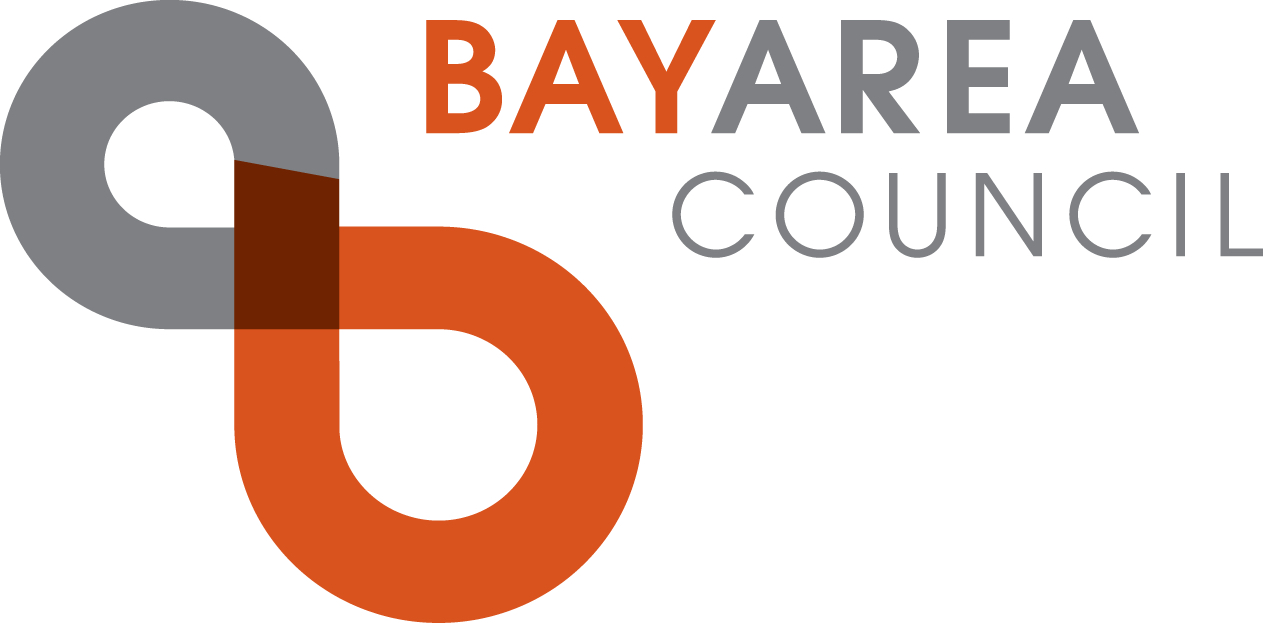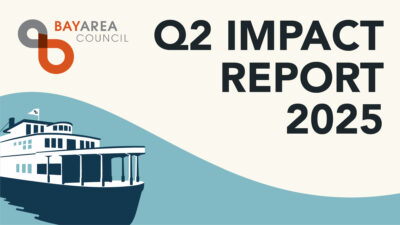New Report Outlines $11.8 Billion Regional Strategy for Ending Bay Area Homelessness
With the Bay Area accounting for 30% of the total rise in U.S. homelessness since 2017, the nation’s highest rate of unsheltered homeless at 73% and a homeless population that grew almost four times faster than the overall regional population since 2010, a Bay Area Council Economic Institute report released today (June 3) outlines a series of recommendations for ending homelessness across the region.
Central to the overall strategy, the report calls for making $9.3 billion in one-time investments and $2.5 billion in ongoing annual investments for a wide range of prevention programs, shelter and other temporary housing services and building low-cost housing. The money would come from a combination of new regional funding and state and local sources, including a $10 billion regional funding measure that would require voter approval.
The report, which was produced with support from Blue Shield of California, comes as California Legislators face a June 15 deadline for approving a new state budget, with Gov. Newsom proposing $12 billion in new spending to combat homelessness and the state Senate proposing $20 billion. Increased state and federal funding are key to achieving many of the recommendations in the report.
“Ending homelessness and the profound suffering it is causing across our region can’t be an aspirational goal,” said Jim Wunderman, President and CEO of the Bay Area Council. “We must stamp it out, period. The sobering numbers in this report showing the depth and breadth of the homeless problem are hard to wrap your brain around, but every number represents a human life, a mother and her children, a son or uncle, a friend or neighbor. We believe this report offers a powerful and clear roadmap for ending homelessness and that following it can lead us out of this crisis.”
The report highlights the many causes of homelessness in the Bay Area and across the state, with the biggest culprit being California’s woeful record over many decades of not producing enough new housing, particularly housing affordable to people at the lowest rungs of the economic ladder. Local resistance to emergency and other forms of temporary shelter along with declining public funding and massive inefficiencies in how government programs are run have exacerbated the problem. From 2017 to 2020, the number of unsheltered homeless people increased from 67% to 73%, the highest level in the nation. Among the Bay Area’s 25,530 unsheltered homeless in 2019, the report found that more than 8,400 or 32% were living in vehicles.
Key to fixing the problem, according to the report, is dramatically increasing the Bay Area supply of temporary or emergency shelters, expanding rental assistance and other services to avoid people losing their homes and making huge investments in building housing that is affordable for extremely low-, very low- and low-income residents. Increasing investment in mental health and alcohol and substance abuse programs is also critical.
Among the recommendations in the report:
“As a nonprofit health plan, we’re focused on creating a healthcare system that meets the needs of all Californians,” says Paul Markovich, President and CEO of Blue Shield of California. “Working to address homelessness is a key step in that endeavor, because access to safe housing, health care, quality food, and basic services is essential to one’s overall health and well-being. We’re proud to support California’s Project Homekey as a common-sense approach to addressing homelessness in the state and I urge others to seek out what they can do to make a difference.”





